All you need to know about Moroccan Berber Rugs!

Moroccan rugs date back to the 20th century. Some people call Moroccan rugs Beni Ourain rugs. They are handmade rugs made of wool that originate from the mountains of Atlas Mountains in Morocco. Moroccan rugs didn’t take too long to become everyone’s favorite, due to their unique design and intricate manufacturing. It takes a large amount of high-quality craftsmanship to create a single article of Moroccan rug. Traditionally, Moroccan rug weavers were exclusively women they used to make it for personal use.
Today, handmade rugs are made in Moroccan Berber rug style. The popularity of Moroccan rugs started from their tribe and soon it was loved by everyone. The dense pile of Moroccan rugs serve not only as floor coverings but also as mattresses. Custom area rugs are also made in Moroccan Berber style. They are known for their unique patterns and different color choices. Moroccan rugs have been in fashion for decades. Many interior designers layer Moroccan rugs with other rugs to create an illusion of warmth and colors. Their soft texture patterns and colors add interest to retro-themed rooms.
Why the name Berber?
The history of Moroccan rugs goes back centuries. The Berber people, who are indigenous to the Atlas Mountains of Morocco, are the original makers of these rugs. For centuries, the Berbers have been weaving handmade rugs, and have maintained a strong cultural tradition of weaving. Moroccan rugs are heavily influenced by Berber culture and the environment in which they live; therefore, they often feature geometric patterns and symbols whose cultural significance is associated with Berber culture. In Moroccan rugs, the diamond shape is a common motif, which symbolizes the eye and serves as a protective symbol. The Berbers also often incorporate symbols that represent the sun, moon, and stars, as well as abstract shapes that represent abstract concepts. The symbolism found in Moroccan rugs is an important part of the Berber culture.
Moroccan rugs were primarily made for practical purposes, they originated in cold areas and so their main purpose was to produce warmth. These carpets keep warm in cold mountain winters or mark the boundaries of tents. However, in recent years they have gained popularity as decorative items and are now used as statement pieces in home décor. To this date, they are handmade rugs which explains their exceptional quality and durability. Even formal places like offices and the corporate industry use Moroccan Berber rugs today.
Design and Style of Moroccan Rugs
Among Moroccan rugs' most striking features are their intricate and unique designs. In order to create the intricate patterns, the wool is looped around itself using a technique called knotting. With this technique, the patterns can be highly detailed and complex, resulting in rugs that are both visually appealing and durable at the same time. The patterns and designs found on Moroccan rugs are often inspired by the natural environment and the cultural traditions of the Berber people. There are several common motifs in Moroccan rugs, including geometric shapes, diamonds, and other abstract motifs. Moroccan rugs are usually neutral in color, with shades of white, cream, and beige being the most common. In some cases, however, rugs may include a pop of color to add a bit of interest.
People always connect Berber Moroccan rugs with Bohemian rugs and we couldn’t deny it does have a resemblance. These rugs add a touch of whimsy and uniqueness to a room, especially for people who want to adopt bohemian interior design it is for them. These rugs can be used in a variety of settings, from living rooms and bedrooms to outdoor spaces and even as wall hangings.
Types of Moroccan Rugs:
They are handmade rugs, ranging from graphically dense to monochrome, combining bright, and saturated shade with natural and muted tones. They also come in custom area rugs category as well and each of them reflects the unique gesture of the Berber tribe.
A dynamic, gestural shape reminiscent of contemporary paintings is belied by a long and tedious process that takes a great deal of time, and the materials that are available in the region enhance their exceptional flair. What influences a rug design heavily depends on the artisan's skills and the tribe they belong to. The time frame given for the creation is another yet very important aspect in this regard. Traditional rug artisans choose between replicating their tribe’s traditional design to carry on their legacy or mixing the traditional design with personal inspiration, engaging in conversation woven with artistry.
Moroccan rugs come from multiple backgrounds and among them popular ones are,
Boucherouite rugs, Kilim rugs, Berber rugs, Azilal rugs, Beni Ourain rugs, Taznakht rugs, Zanafi, Azizal rugs, Mrirt rugs, Beni Mguild, Boujad rugs, Mauritanian rugs, and more.
Ready to Buy a Moroccan Rug?
Moroccan rugs are truly a work of art and a unique addition to any home due to their rich history and cultural significance. If you're thinking about purchasing one, you should consider a few things. The first thing you need to do is choose a seller that is reputable to make sure you get a high-quality, authentic rug. While Moroccan rugs are traditionally made from wool, you can also find them in cotton, silk, or a combination of both. It is both important and wise to pick a rug that is made of durable material and can hold up for a long time.
You should also keep in mind the size and shape of the rug you can invest in buying as per your room demands. Moroccan Berber rugs come in a great range of handmade rug sizes and are usually made with high-quality wool. They can easily fit in narrow regions since they are available in small throw rugs and large area rugs as well. Before making a purchase consider the size of your room where the rug will be placed and choose a size that fits well in the space. As for style, the Berber collection is made to elevate the room's overall appearance with their aesthetics and subtle tones they are well adjusted in all room settings. Our custom area rugs in the Berber collection are another way people are investing in decorating commercial areas and formal setups.
Imam carpet is always available to help you with room measurements and rug placement to match your room theme. Visit our website or contact us online, and we will make sure you get the right rug for your room.
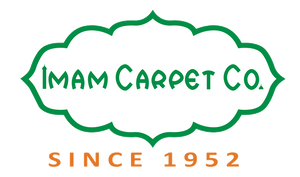
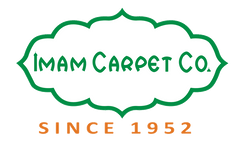
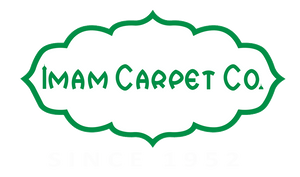


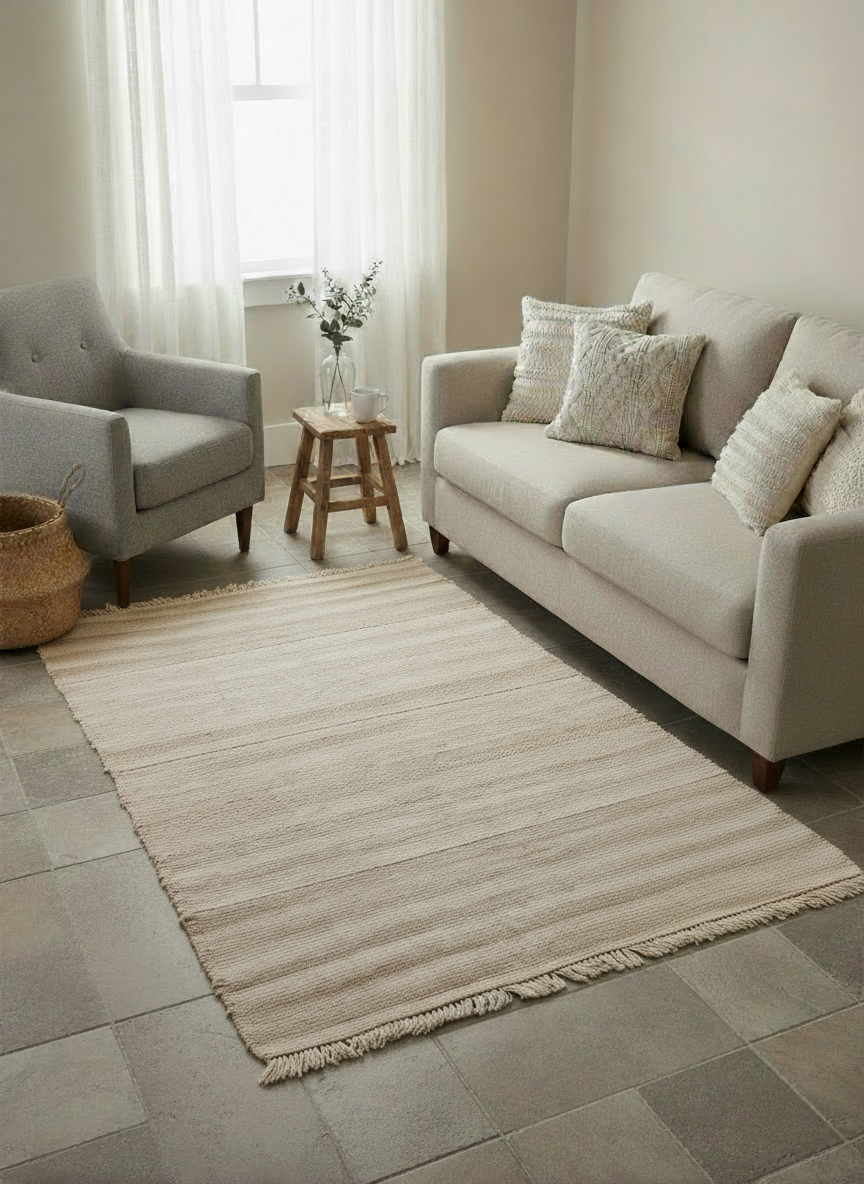


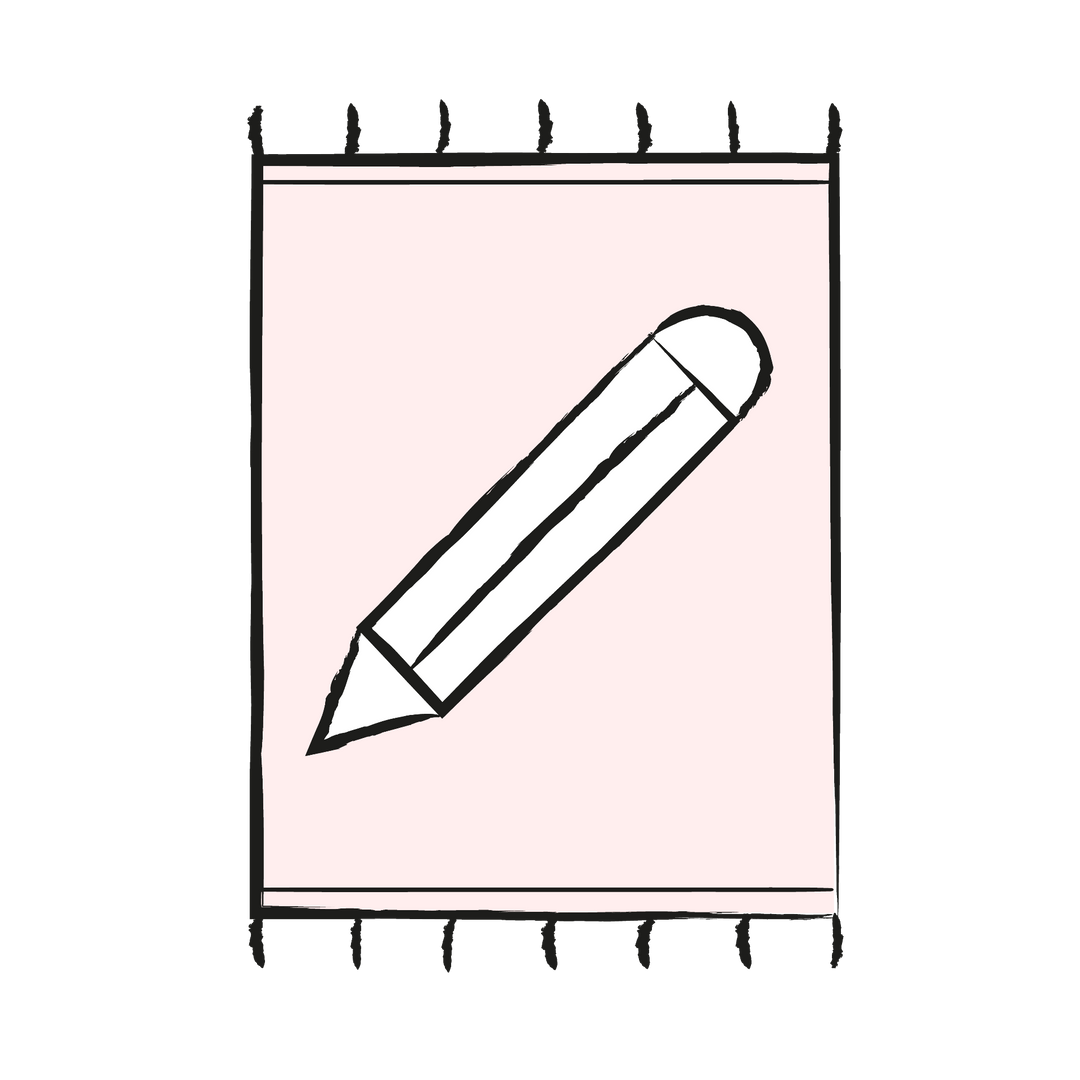

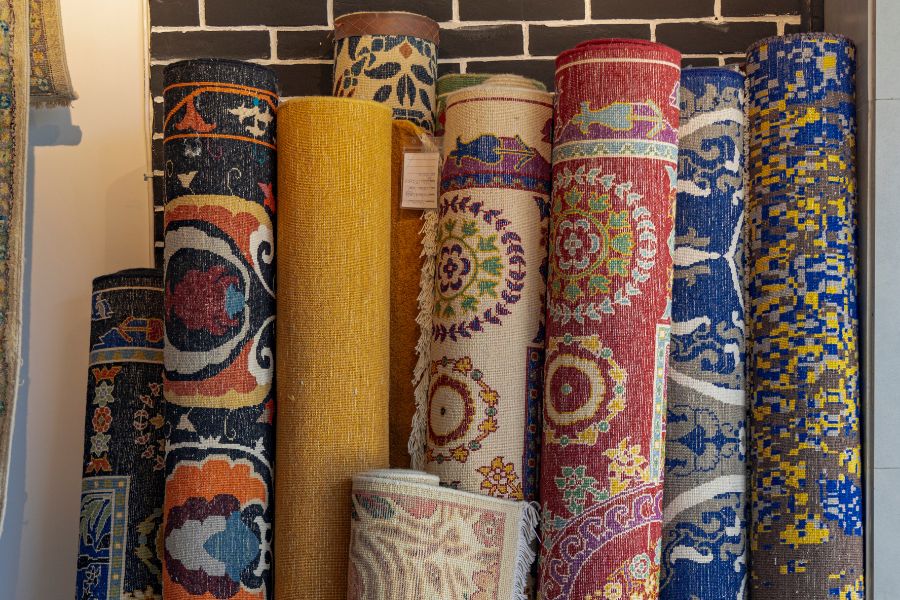
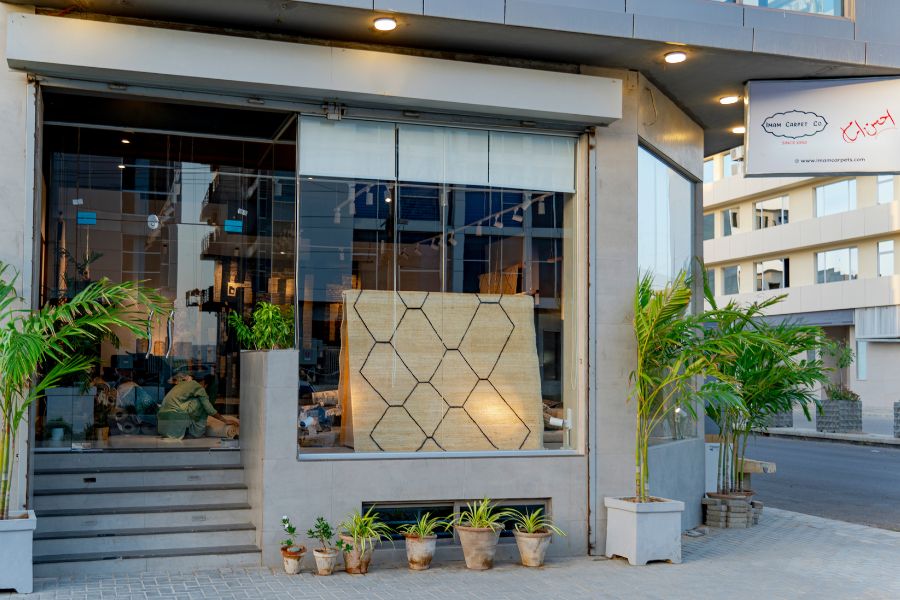
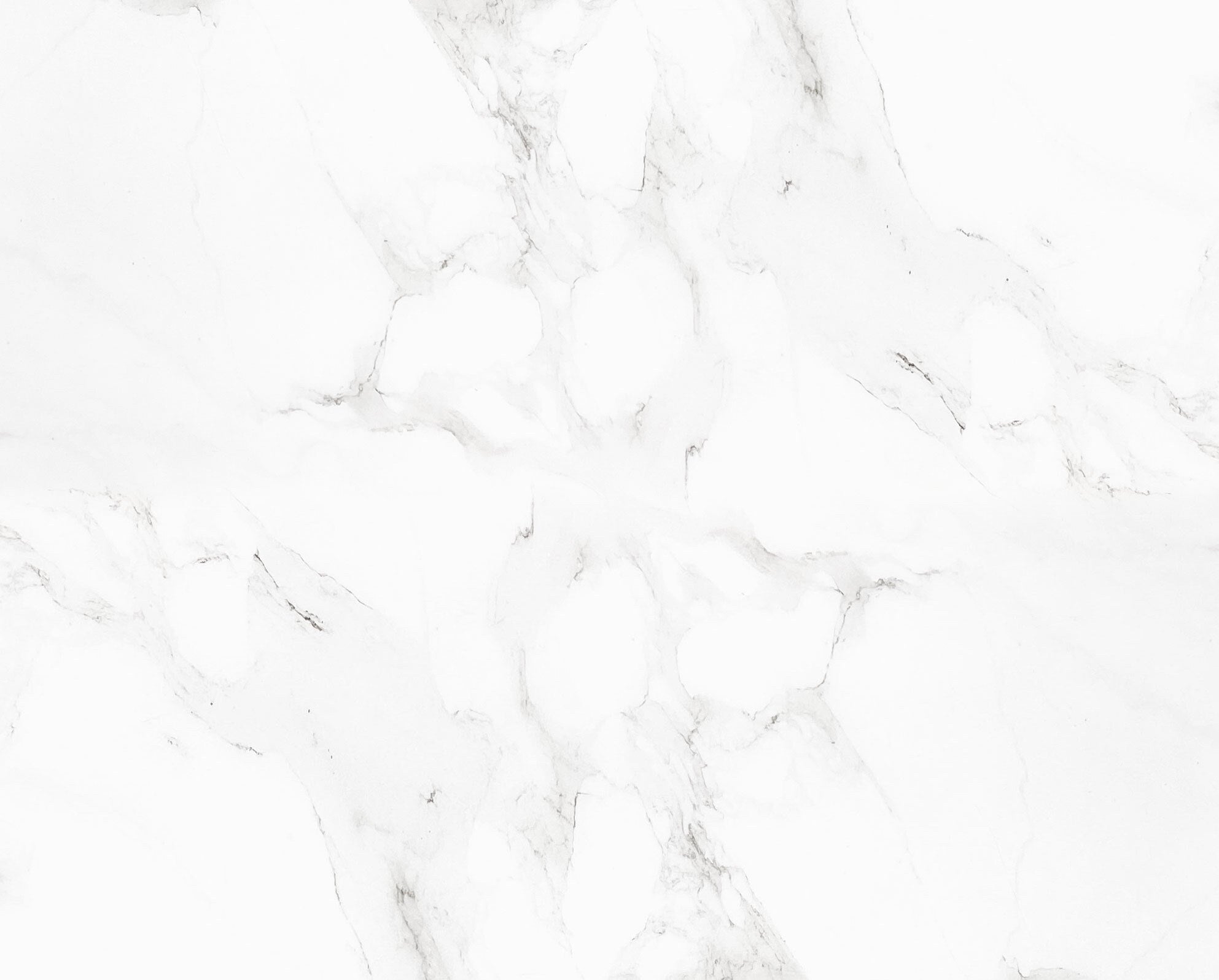
Leave a comment